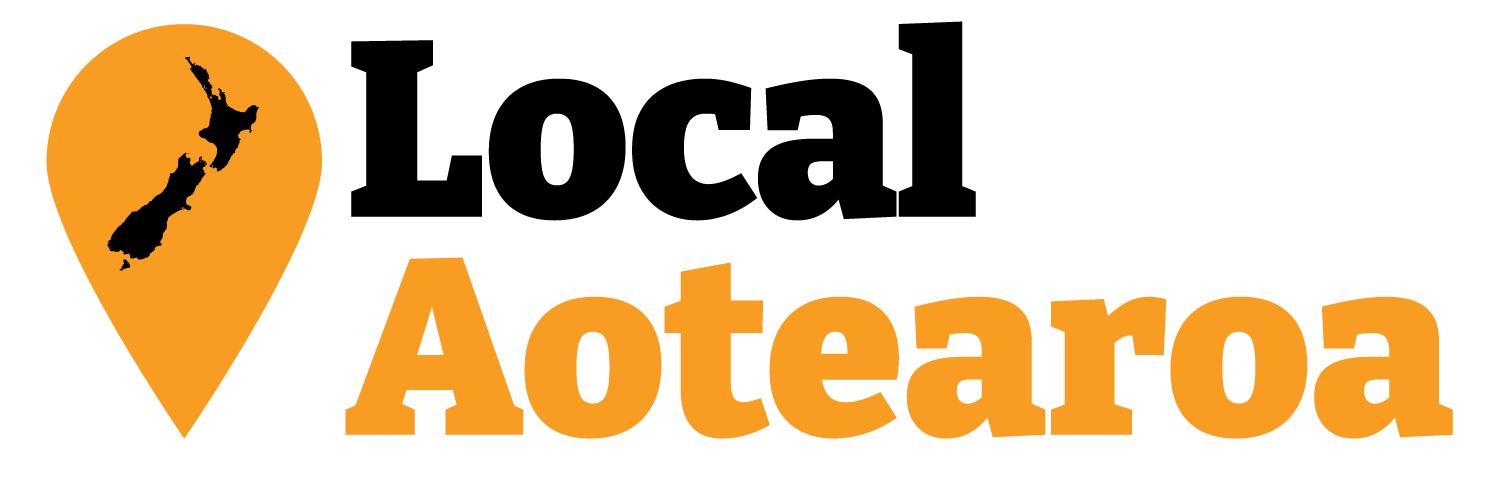Don't panic, Queenstown isn't about to become a city any time soon
An AI-generated image of a city on the shores of Lake Wakatipu.
Someone at Newstalk ZB got a bit excited this morning by claiming that Queenstown was just “days away” from being called a city. The problem is that it isn’t. The definition of what constitutes a city in New Zealand has been continually evolving throughout our history and Queenstown isn’t quite there yet.
The Local Government Act currently allows a district council to apply to call itself a city council if it meets through criteria. These are that it:
has a population of not less than 50 000 persons; and
is predominantly urban; and
is a distinct entity and a major centre of activity.
Queenstown Lakes as a district does already exceed the population requirement at an estimated 52,800 people as of June 2023 (due to be updated this coming Friday by Statistics New Zealand). However, the second point is harder to satisfy.
On the second point, while the town of Queenstown itself is predominantly urban, the rest of the district really isn’t and is a series of individual towns separated by mountain ranges and lakes. For example, to get from Queenstown to Wānaka takes you over the Crown Range, a journey of roughly 70km.
Queenstown itself has some 29,000 people, but the rest of the population is spread out throughout the wider district. Wānaka has 12,400, Arrowtown 3,060, and Lake Hāwea 2,020. Of these, you could make an argument that Arrowtown would be a suburb of Queenstown (though I suspect residents there might beg to differ).
For the third point, it’s a mixed bag. Within the context of its district, the town of Queenstown could make a case that it is a distinct entity and major centre of activity seeing as it’s the largest urban area of its local authority area. But given more than a third of the district’s population lives in other towns some distance removed, it’s not really the type of largely continuous urban area that we’d normally associate with cities in Aotearoa.
The Newstalk ZB article does make comparisons to some other places which are widely considered cities, including Gisborne, Whanganui, Upper Hutt, Nelson, and Invercargill. The problem is that these cities gained their status or acceptance under previous definitions, and if they were in the running to be considered now, some would probably struggle to reach the threshold if we were assessing things objectively. However, we aren’t in the habit of stripping places of their city status, and so these centres have retained their acknowledgement even if in some instances they still brand themselves as districts (for example New Plymouth District Council).
Prior to 1989, the population threshold to become a city was a borough that had reached the population of 20,000 people, whereon the borough could proclaim itself a city if it so wished. Many of those which are now cities took advantage of this presumably on the hope that styling themselves as a city would attract people and investment to their communities. We’ve since become more protective of the status of the definition, and it’s been a while since we’ve anointed a new city.
A useful tool for considering the three criteria is to use the Functional Urban Areas (FUAs) from Statistics New Zealand, Queenstown is only considered as a medium regional centre, with their FUA not including Wanaka and butting up against Cromwell. As a point of comparison, my home FUA - the Kāpiti Coast - where the FUA covers an area from Paekākāriki through to Waikanae, is considered a large regional centre. It came in at nearly 47,000 people at the 2018 Census, and it may well be nudging 50,000 in the next couple of years given current growth rates. Taking into account the other criteria, Kāpiti would be a more likely candidate to become a city before Queenstown is able to.
A bit like Kāpiti, one challenge Queenstown would have to overcome is a political one - that is whether residents want to have city status or not. To become a city, Queenstown Lakes District Council would need to get a reorganisation plan over the line with the Local Government Commission and possibly past their residents too. I’d have a guess - based off my own experience having suggested Kāpiti would eventually become a city - that there would be significant push back from locals who don’t necessarily want the perceptions that come with being acknowledged as a city.
Where growing and becoming a city was once broadly seen as a desirable thing that would bring growth, investment, and opportunity for residents, the entrenchment of NIMBYism (Not in My Back Yard) over recent decades seems to be leading to a bit of a pushback to try and hold onto perceptions of being a smaller centre even if it flies in the face of the emerging reality.
Based off the above, I don’t think Queenstown is at any risk of becoming a city anytime soon.





